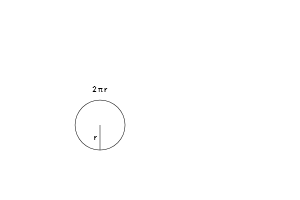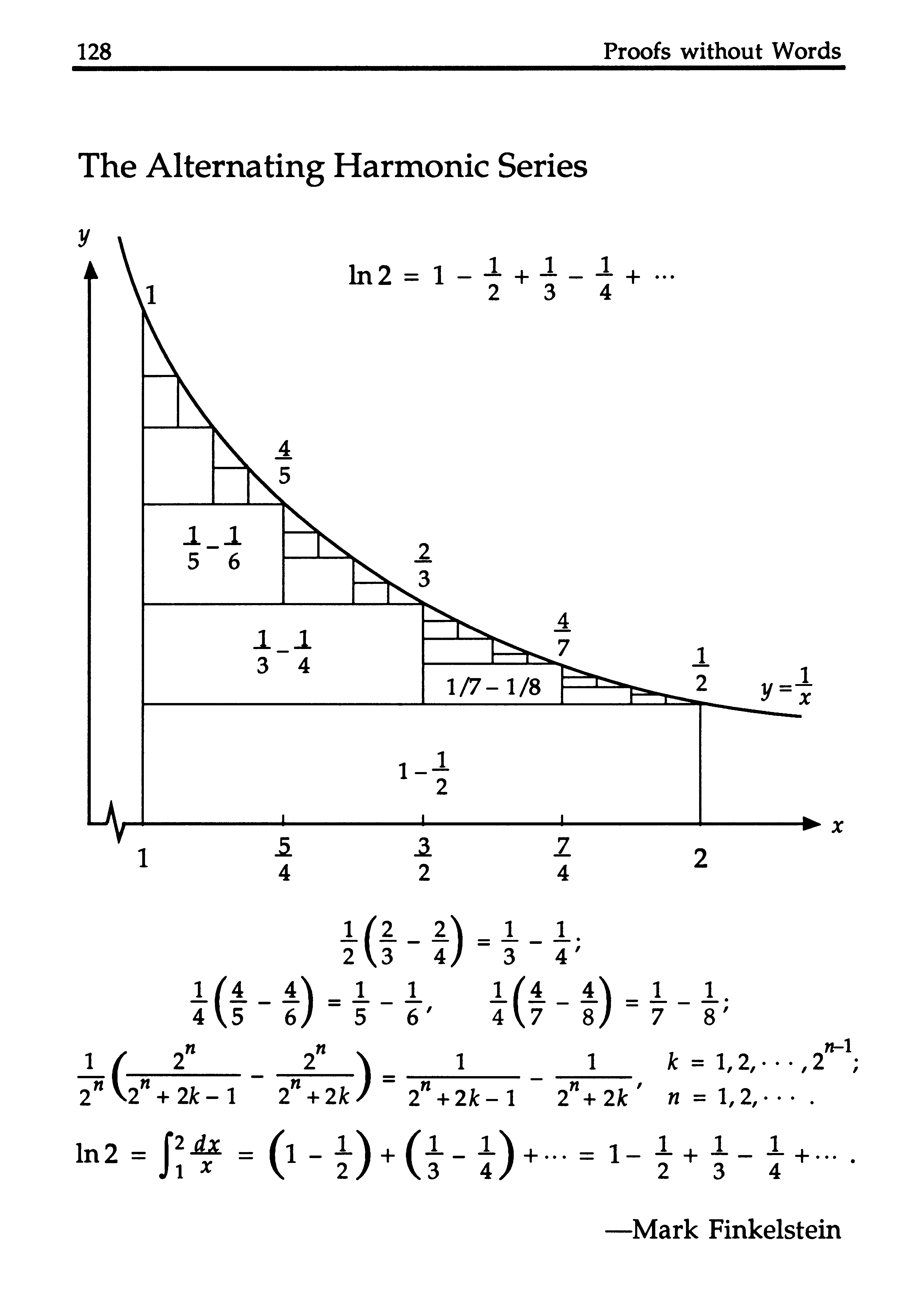This should really be a comment on Marco Radeschi's answer from Feb 22 involving the area formula for spherical triangles, but since I'm new here I don't have the reputation to leave comments yet.
In reply to Igor's comment (on Marco's answer) wondering about an analogous proof for the area formula of hyperbolic triangles: there is one along similar lines, and you're rescued from non-compactness by the fact that asymptotic triangles have finite area. In particular, the proof in the spherical case relies on the fact that the area of a double wedge with angle $\alpha$ is proportional to $\alpha$; in the hyperbolic case, you need to replace the double wedge with a doubly asymptotic triangle (one vertex in the hyperbolic plane and two vertices on the ideal boundary) and show that if the angle at the finite vertex is $\alpha$, then the area is proportional to $\pi - \alpha$. That follows from similar arguments to those in the spherical case (show that the area function depends affinely on $\alpha$ and use what you know about the cases $\alpha=0,\pi$).
Once you have that, then everything follows from the picture below, since you know the area of the triply asymptotic triangle and of the three (yellow, red, blue) doubly asymptotic triangles.

(That picture is slightly modified from p. 221 of this book, which has the whole proof in more detail.)


























